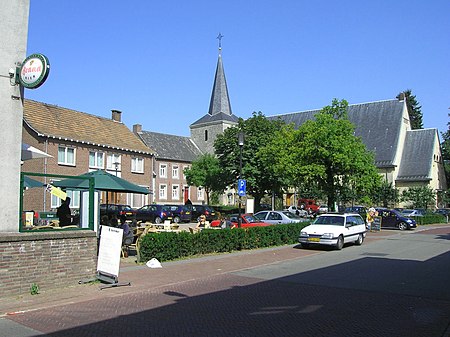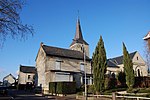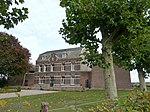Margraten
Eijsden-MargratenFormer municipalities of Limburg (Netherlands)Limburg (Netherlands) geography stubsMunicipalities of the Netherlands disestablished in 2011Populated places in Limburg (Netherlands)

Margraten (Dutch: [mɑrˈɣraːtə(n)] (listen); Limburgish: Mergraote) is a village and a former municipality in the southeastern part of the Netherlands. On 1 January 2011 this former municipality merged with a neighbouring one, which resulted in the new Eijsden-Margraten municipality.
Excerpt from the Wikipedia article Margraten (License: CC BY-SA 3.0, Authors, Images).Margraten
Dobbelsteynstraat, Eijsden-Margraten
Geographical coordinates (GPS) Address Nearby Places Show on map
Geographical coordinates (GPS)
| Latitude | Longitude |
|---|---|
| N 50.816666666667 ° | E 5.8166666666667 ° |
Address
Dobbelsteynstraat
Dobbelsteynstraat
6269 AX Eijsden-Margraten
Limburg, Netherlands
Open on Google Maps










